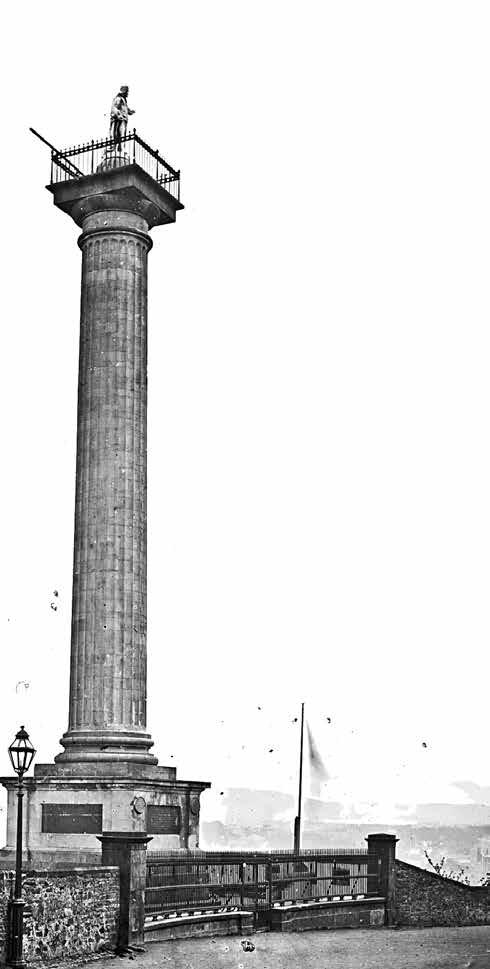Much of what we know today about ancient Ireland stems from the country’s tradition of Brehon Law. Brehon Law was the body of Irish laws which scholars have traced back to Bronze Age (circa 2000BC to 500BC) times and took its name from the Brehon (Brithem in Irish), a class of ‘wandering lawyer’, highly educated mediators who rose to fill some of the vacuum created by the demise of the mysterious Druids. These laws were passed down the generations by oral tradition - Brehon’s spent many years learning these laws off by rote - and it was not until the 7th Century before they were first committed to parchment. Gaelic society - which was Irish speaking was guided by these principals from the earliest times until about the 17th Century, and later in some remote parts of Ireland.
Many observers have said that Celtic Irish law was the most equal rights law system of the European law systems. Men and women could be Brehons and equity between the two sexes was enshrined in the law. They enjoyed the same property rights and women could easily end a marriage as a man.
Binchy - an uncle of Irish author Maeve Binchy - said they gave us: “details that describe ancient life in the days when the Irish still lived in mud huts and small ringed settlements and paid their bills in cows and bacon.”
Brehons were expected to uphold and practice the judicial standards they had responsibility for in their own lives. Brehons who did not speak the truth or act with justice would get large blotches on their cheeks, it was said.
Another academic wrote that the cow was the measure of everything in Irish life, and law. “It was the unit of value; the ultimate in poverty was the man with only one cow; the wealth of the richest consisted of vast herds of them.”
The torque was the traditional badge of office for Brehon and it was said that if they lied or were deceitful the brooch would tighten, and loosen when the truth was said.
One famous Brehon lawyer was Brig Brethach (Brigit of the Judgements) also known as Brig Ambue the ‘cowless’ or ‘propertyless’, who served along with her father Sencha MacAilella under King Conchobar MacNessa, and is credited with several rulings that advanced women’s rights, including a correction of one of her father’s previous judgements.
Trees were highly regarded by the ancient Irish for food, shelter, tools and mystic qualities Irish scholars Eugene and as such enjoyed O’Curry and John specific protection O’Donovan undertook depending on their the mammoth task of ranking - in Brehon translating Brehon Law. Species such Laws into English in as Oak, Willow and the early 1850s. Hazel were considered Brehon Law is BY LLOYD GORMAN to be ‘Chieftain trees’ understood to be the and destroying one longest practiced legal of these carried system in Europe and the same weight as the second oldest killing a tribal leader. recorded legal system in the world, after Sanskrit. Interestingly capital punishment was seen to be of little value to society as a punishment and was not Irish linguistic and early Irish law academic Daniel encouraged as a penalty, but could be used extreme Binchy (1899-1989) said the legal texts told us a lot cases. about the forgotten secrets of Ireland’s past.
Ireland’s
DEEP ROOTED LEGAL SYSTEM
Contracts and agreements were formalised by the exchange of cattle and related terminology was also common. In what may be one of the earliest if not first known ‘copyright’ disputes, High King of Ireland Diarmaid MacCerbhiall settled an acrimonious dispute between two monks arguing over a copied manuscript. King MacCerbhiall judged in favour of the plaintiff with the ruling ‘to every cow belongs its calf’. But Brehon Law was so much more than a bovine based collection of edicts and decrees - it put people, life and nature before property.
Brehon Law was irrevocably damaged by the ‘flight of the earls’ when following their defeat at the Battle of Kinsale in 1601, the old order Gaelic chieftains and families fled Ireland for exile in mainland Europe. Cromwell’s invasion and bloody ‘conquest’ of the country nearly 50 years later effectively wiped out any vestiges of this great legal tradition. The indigenous legal system was considered by the British to be ‘lewd’ and ‘unreasonable’ and they were outlawed, declared barbarous and ruthlessly suppressed. A black veil of suppression would fall over all aspect of Irish culture and civilisation that
THE IRISH SCENE | 35
Continued on page 36









































